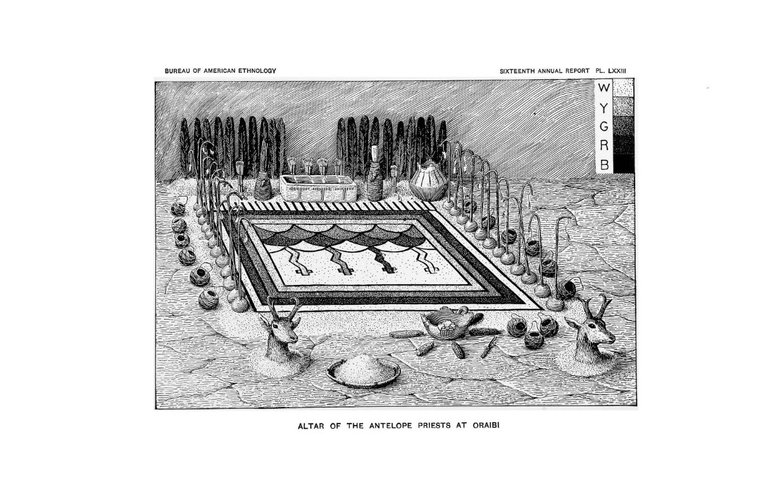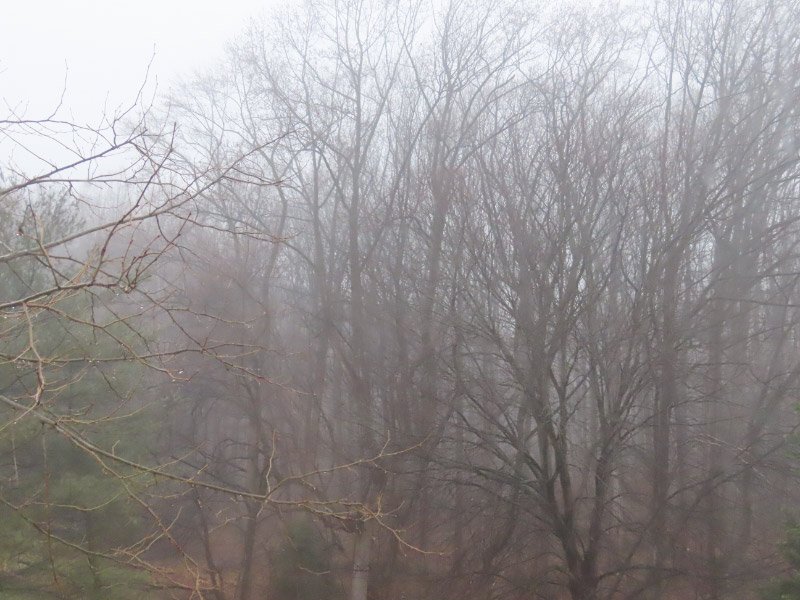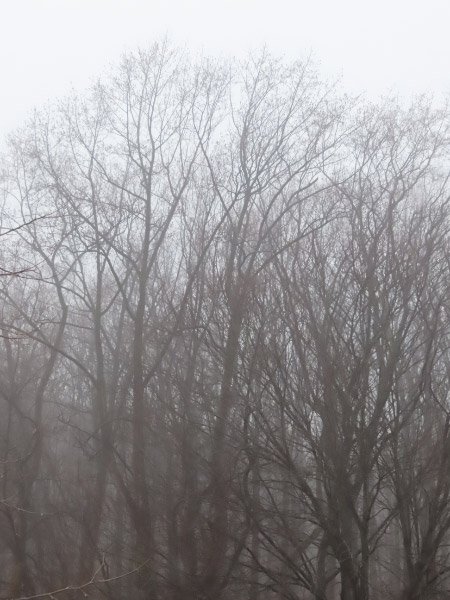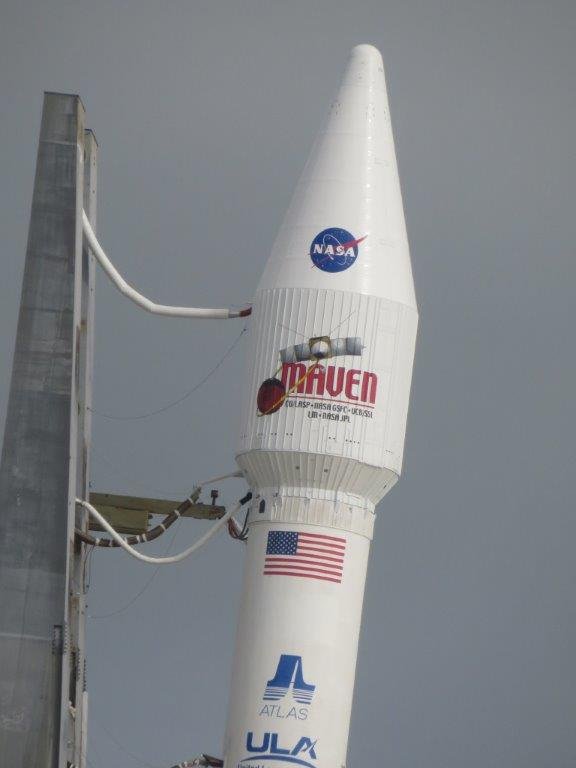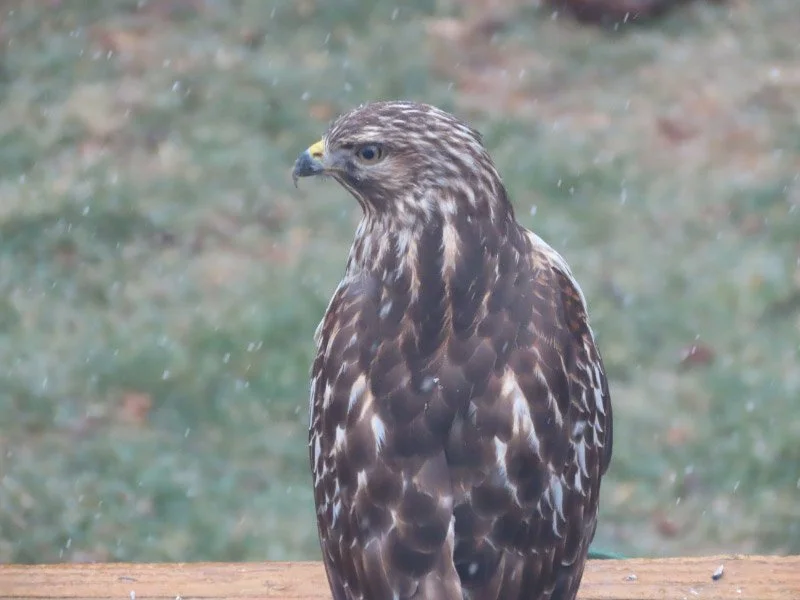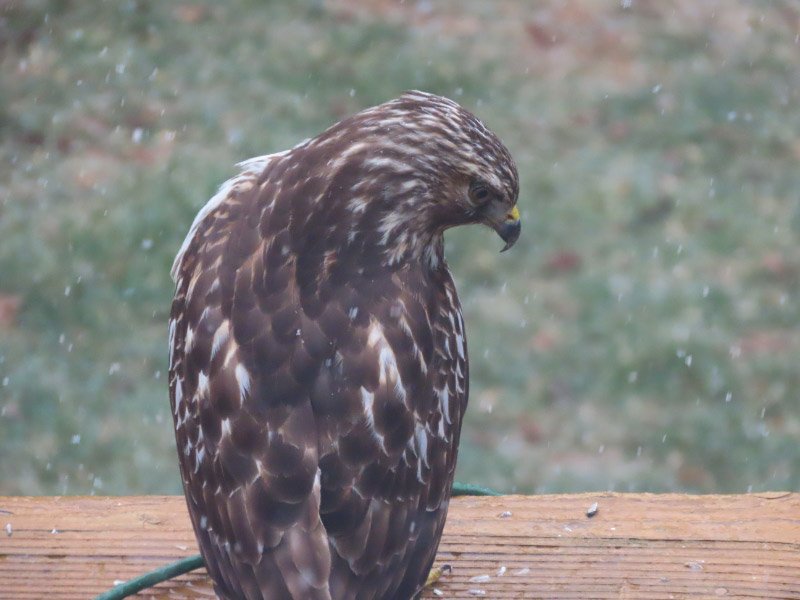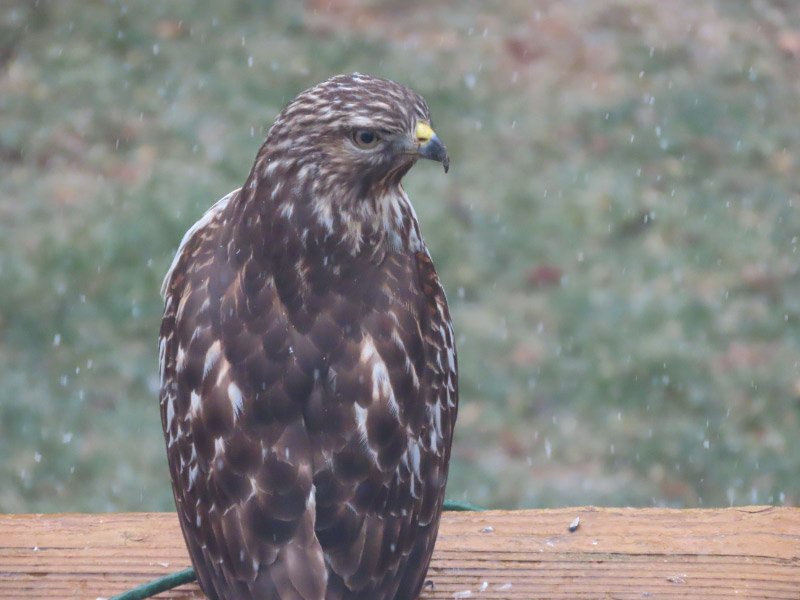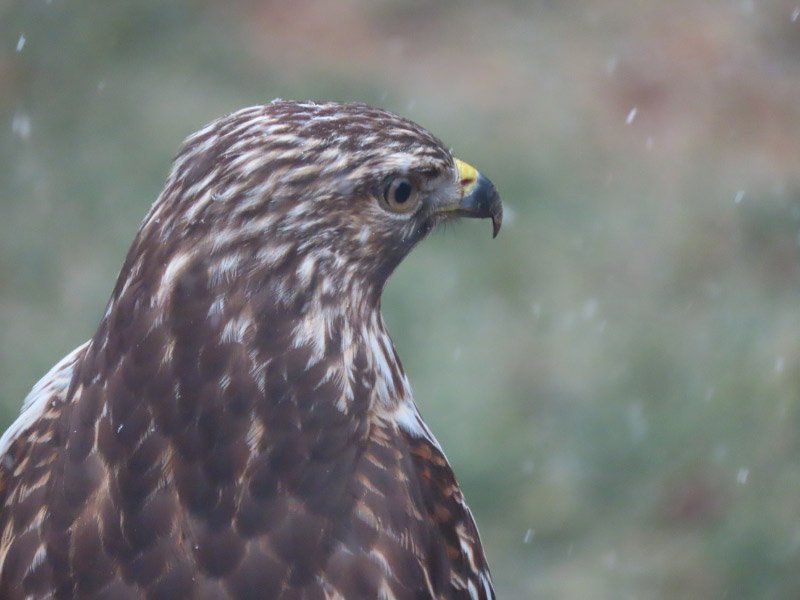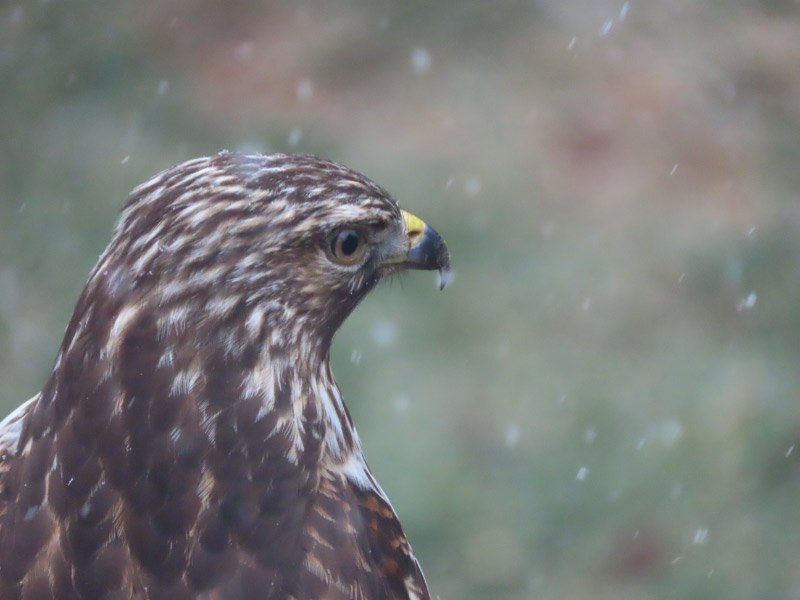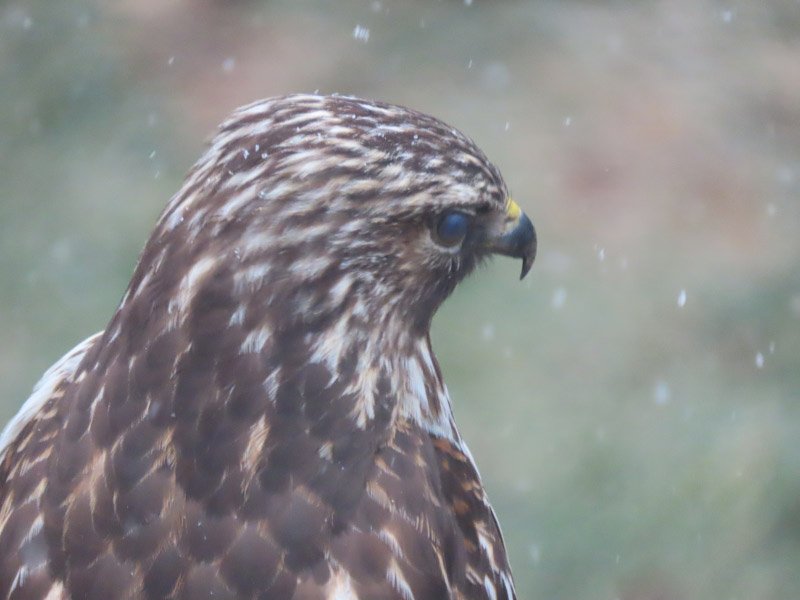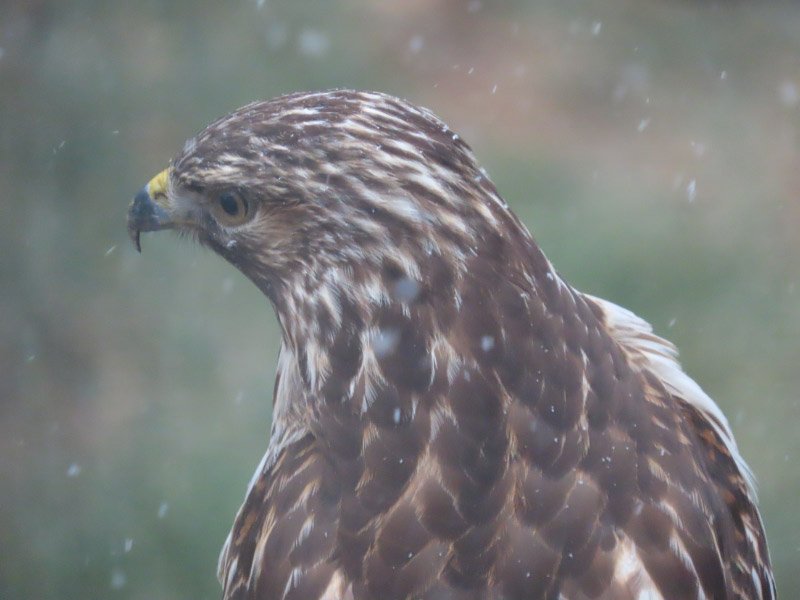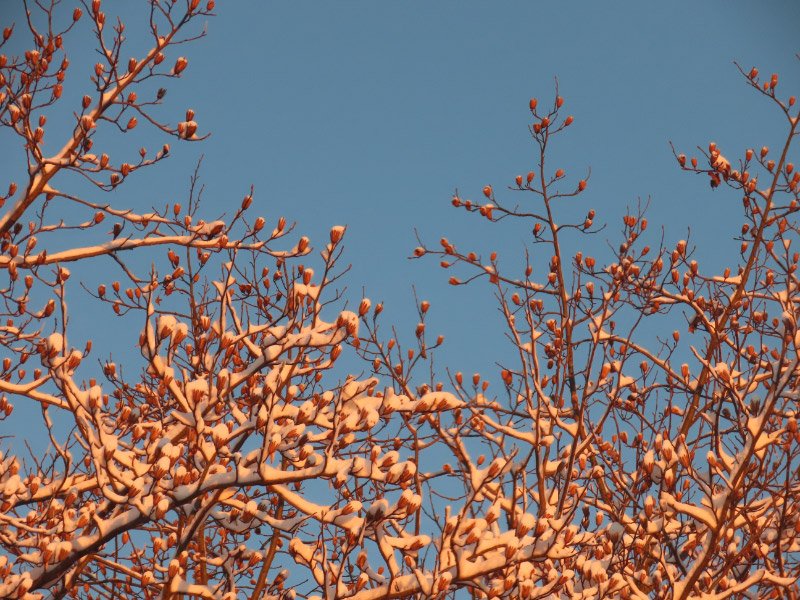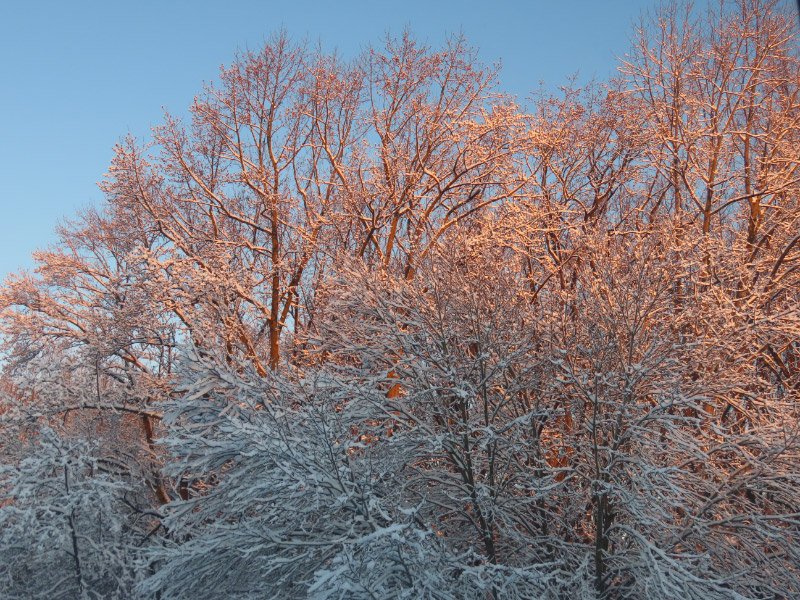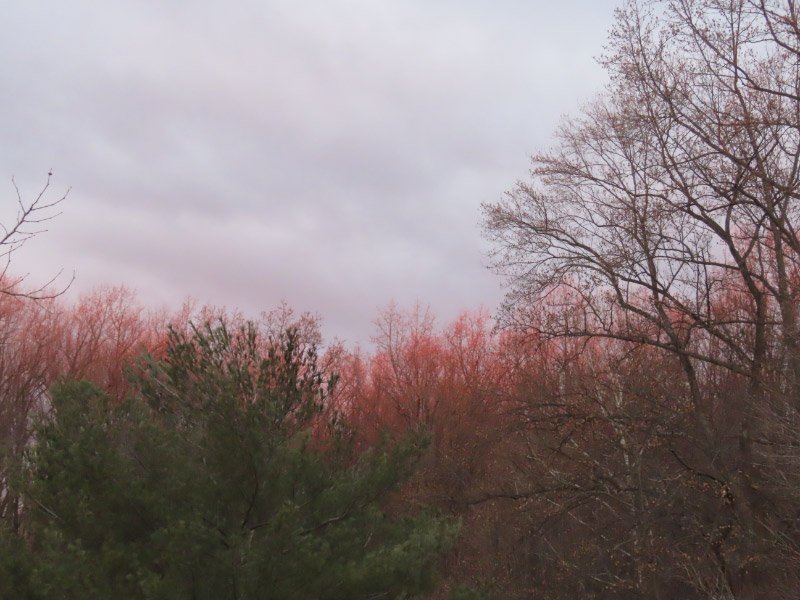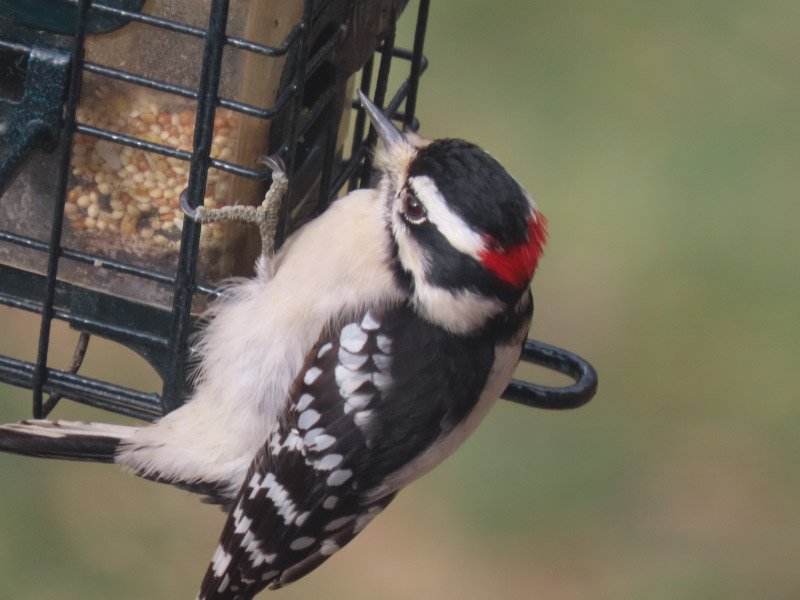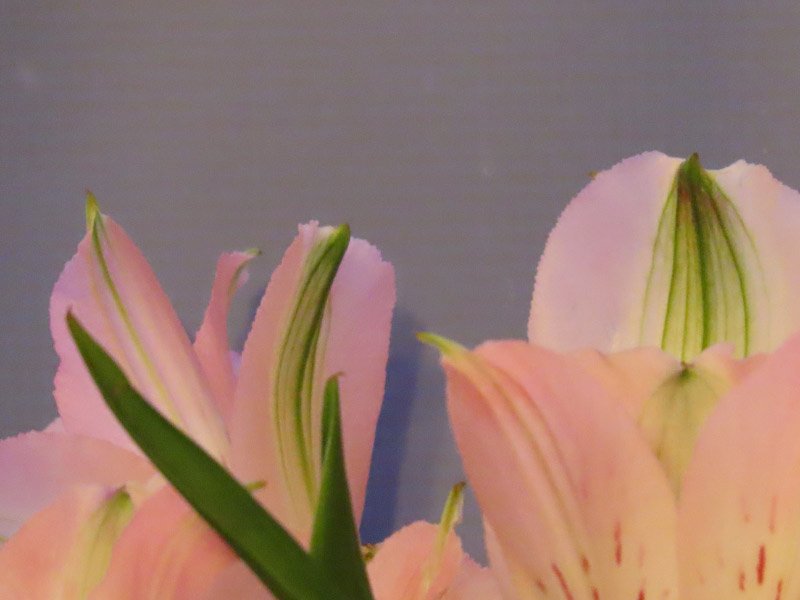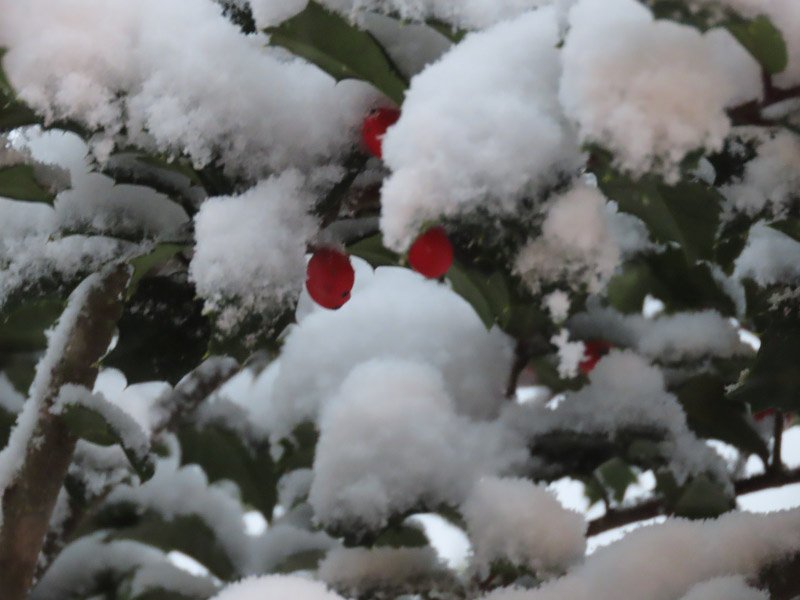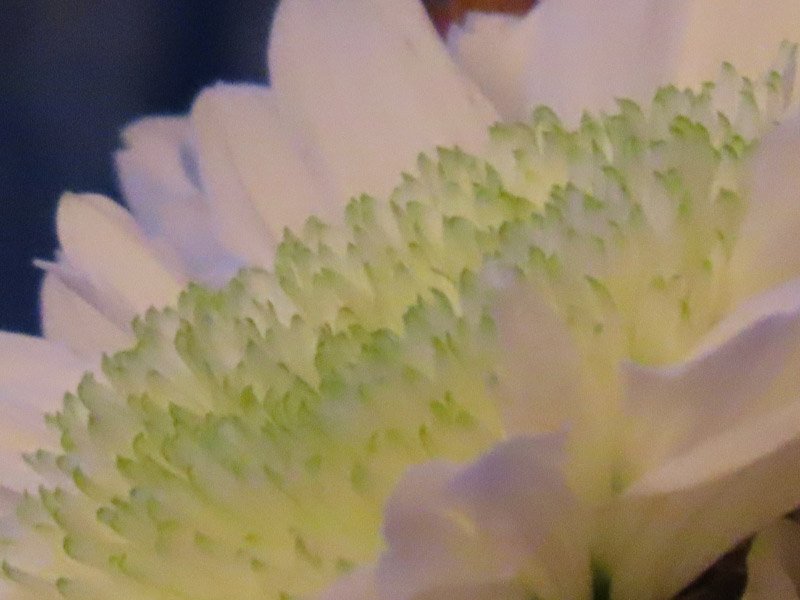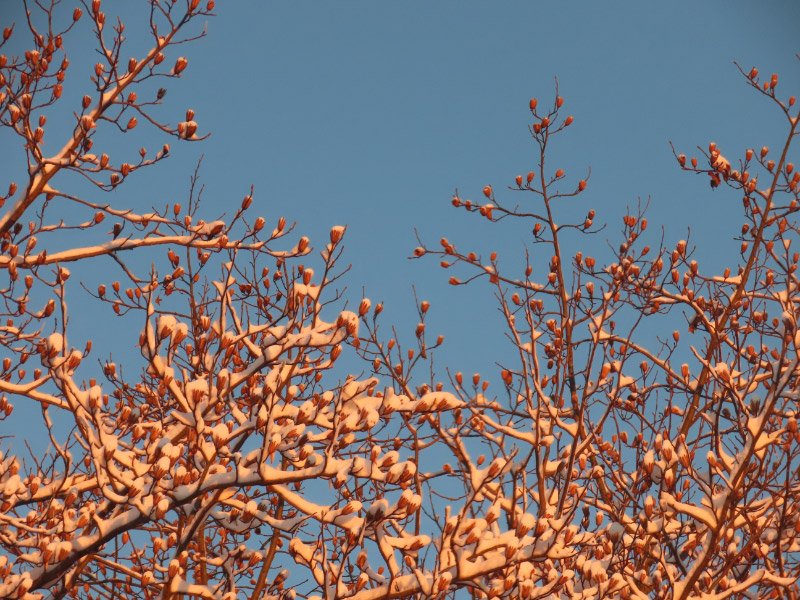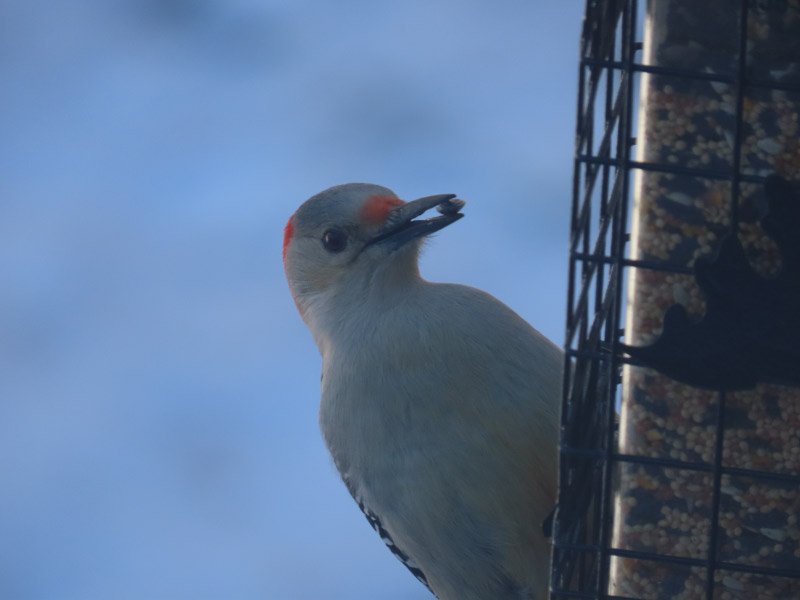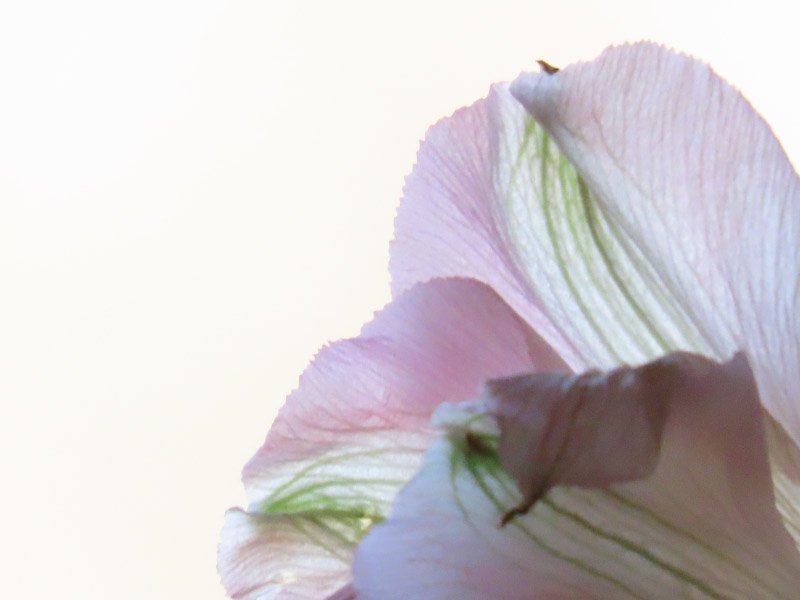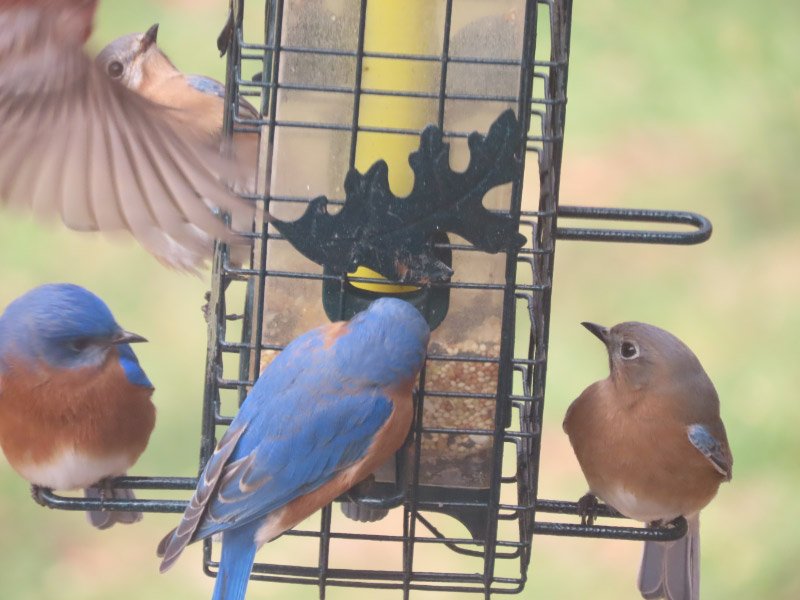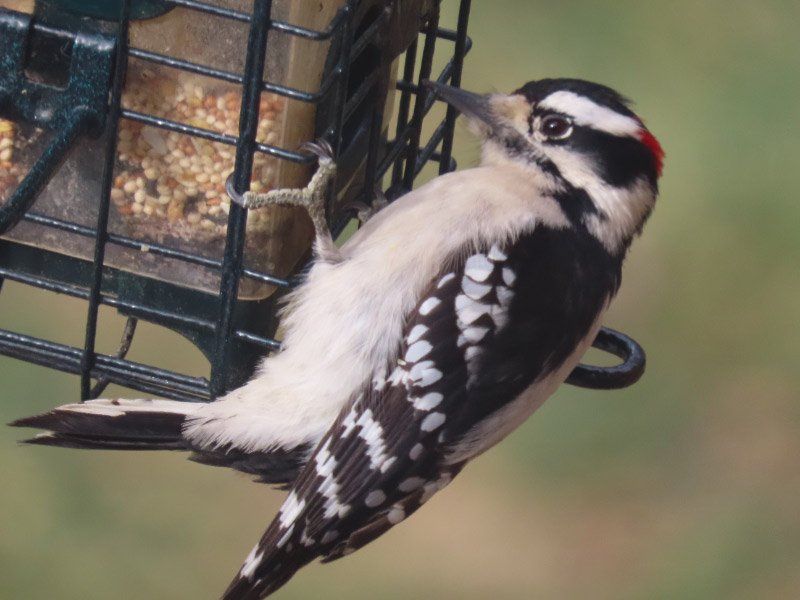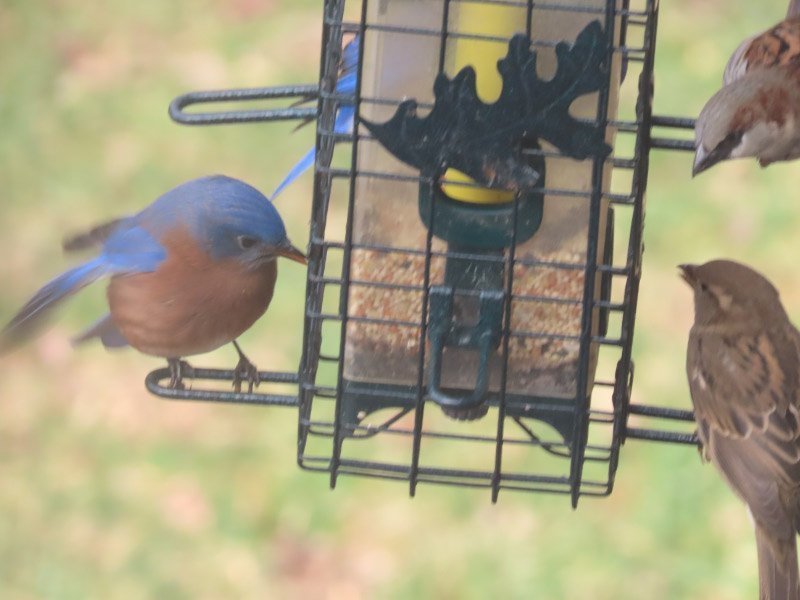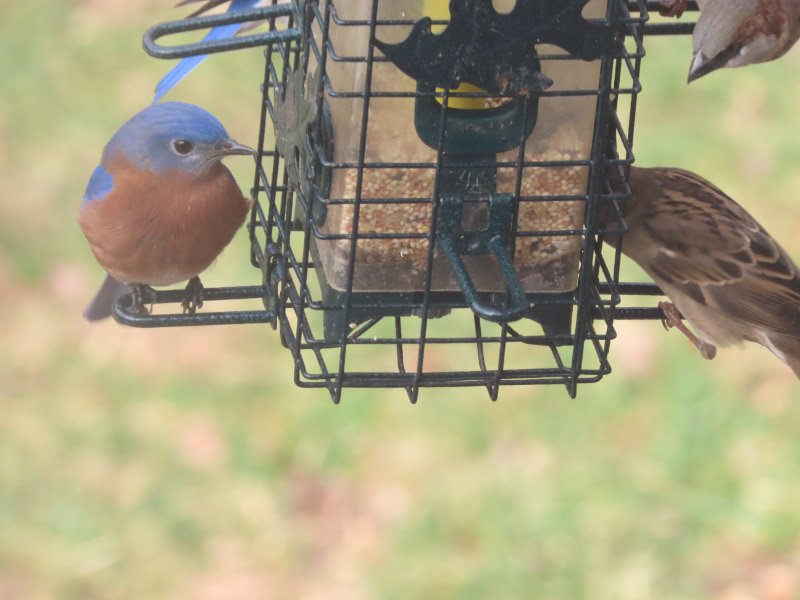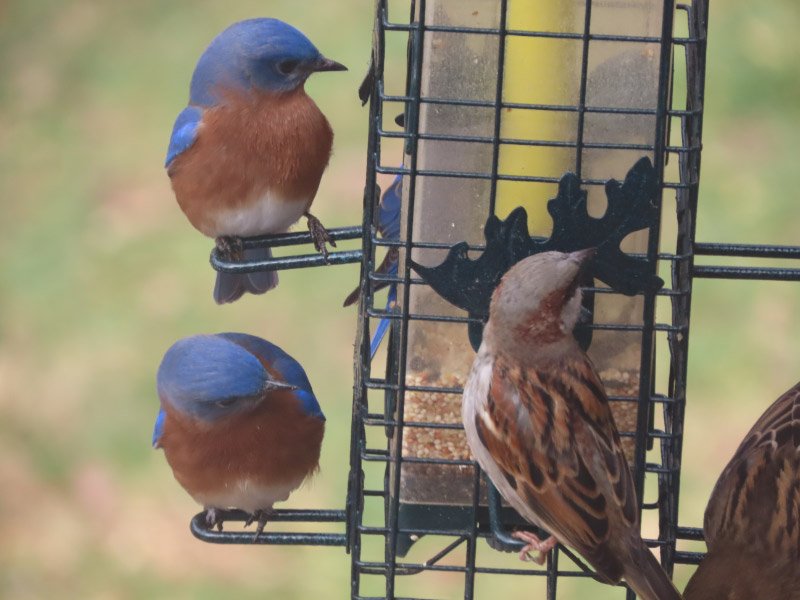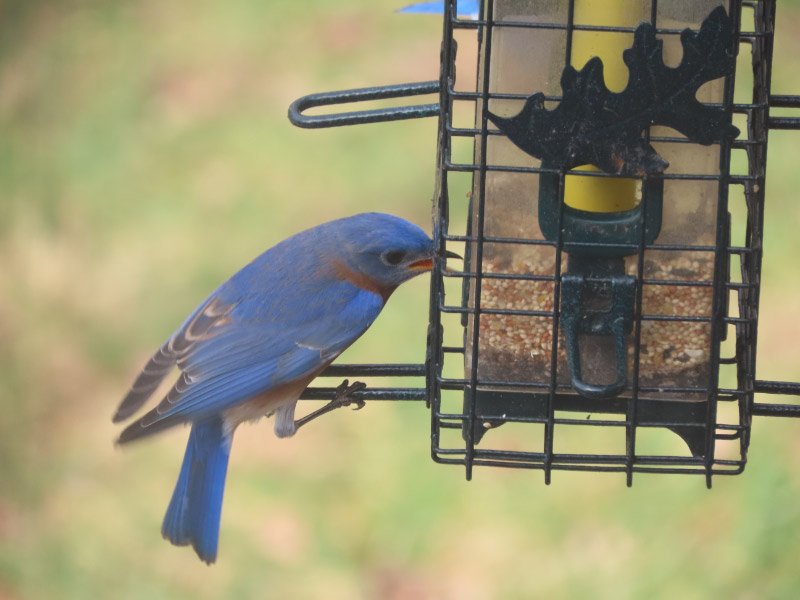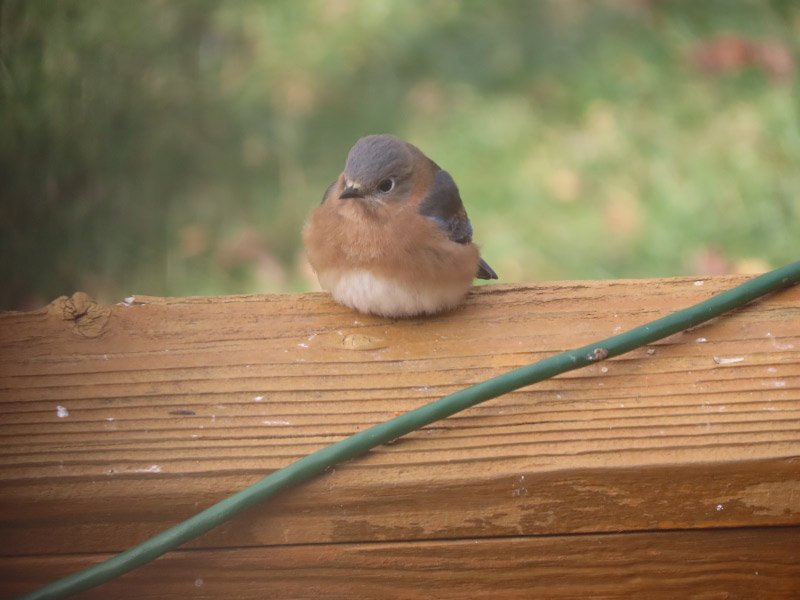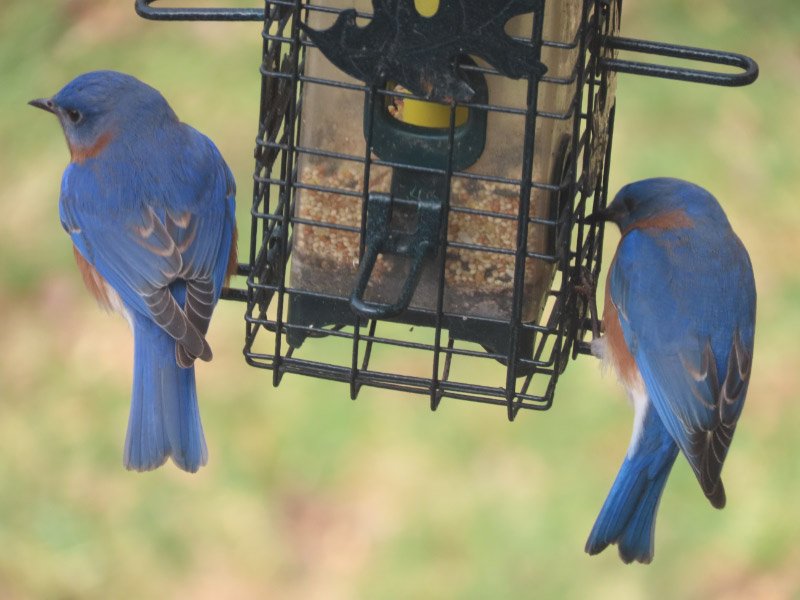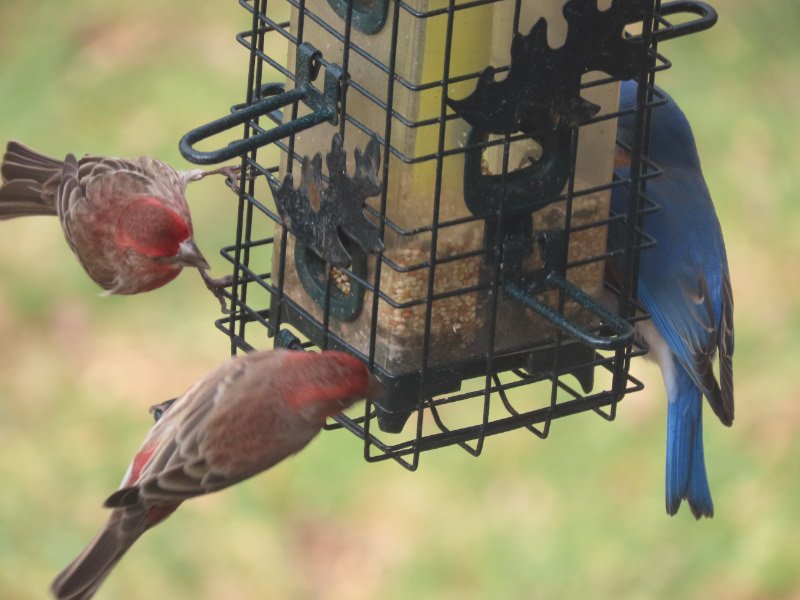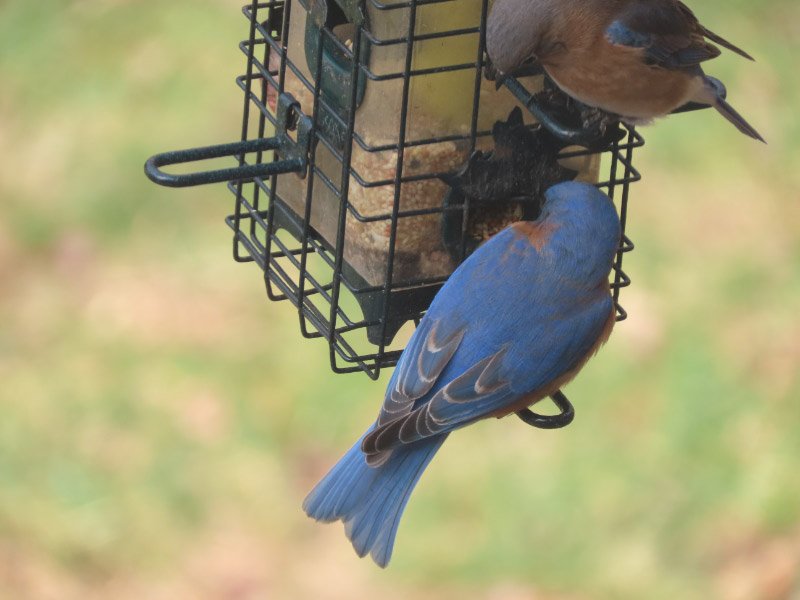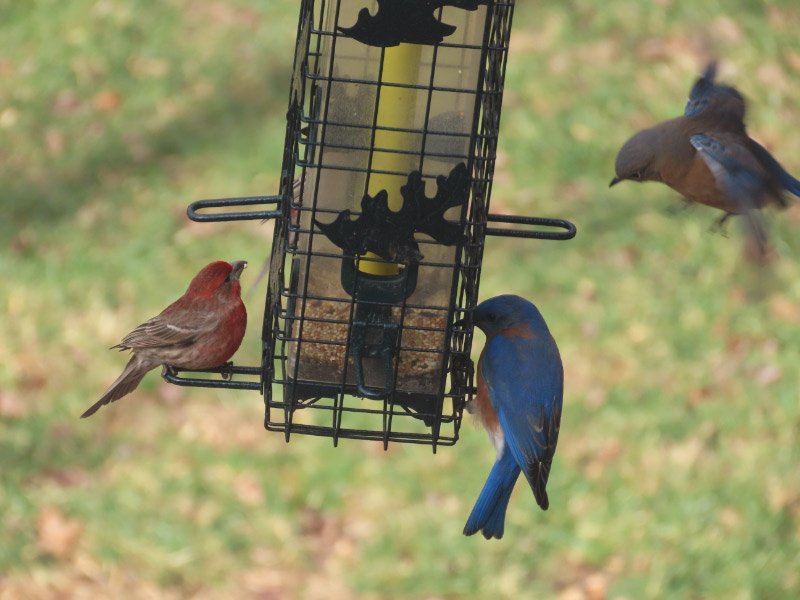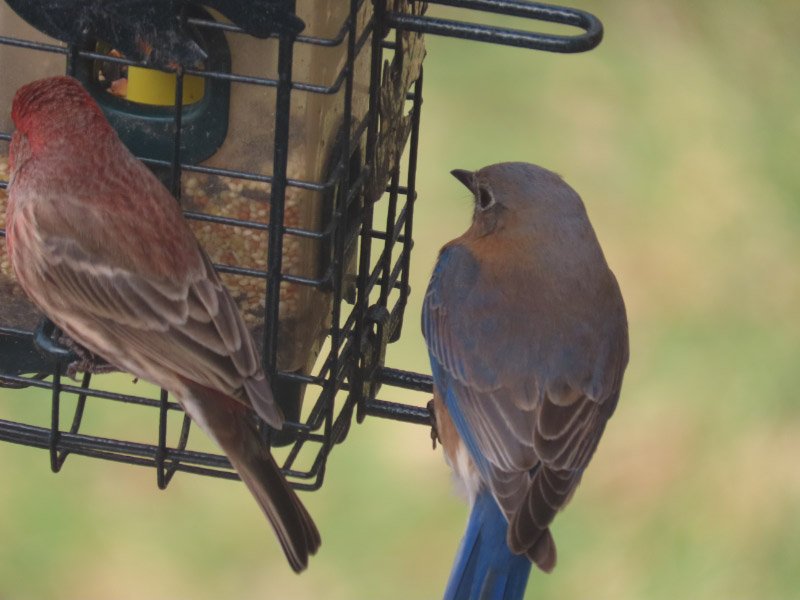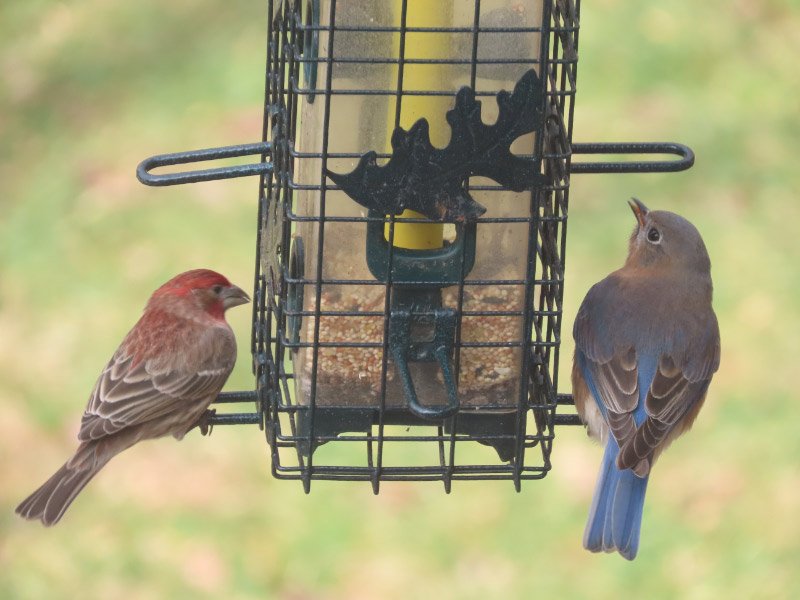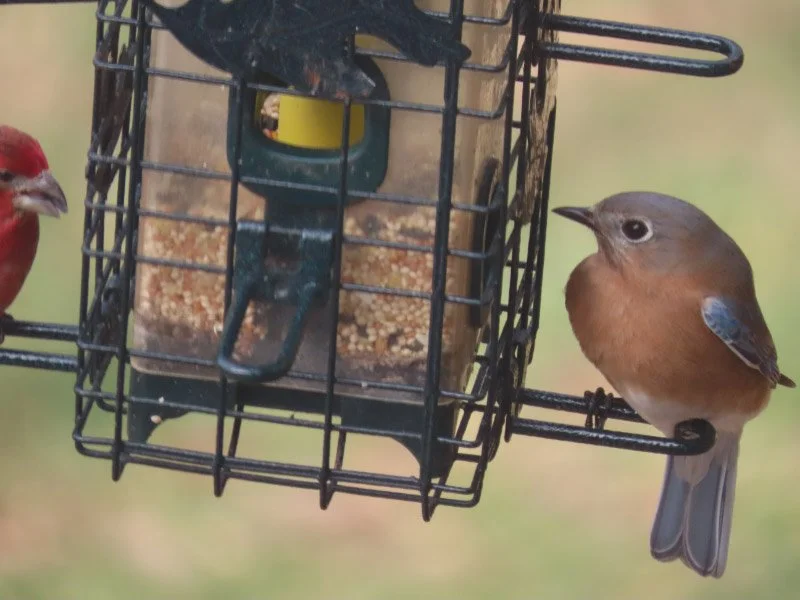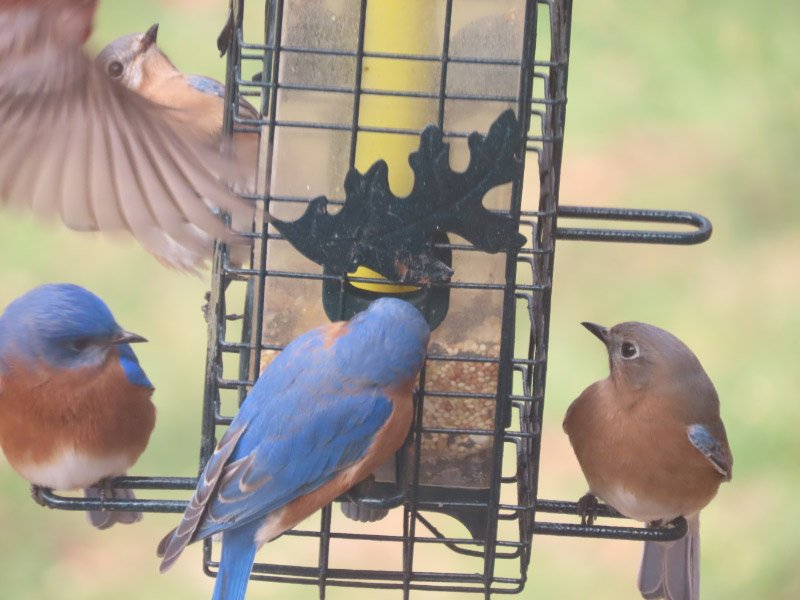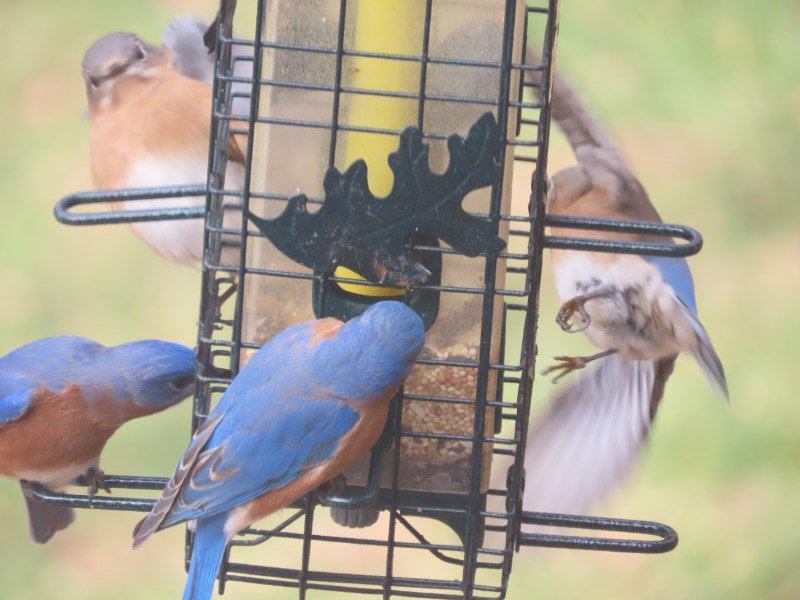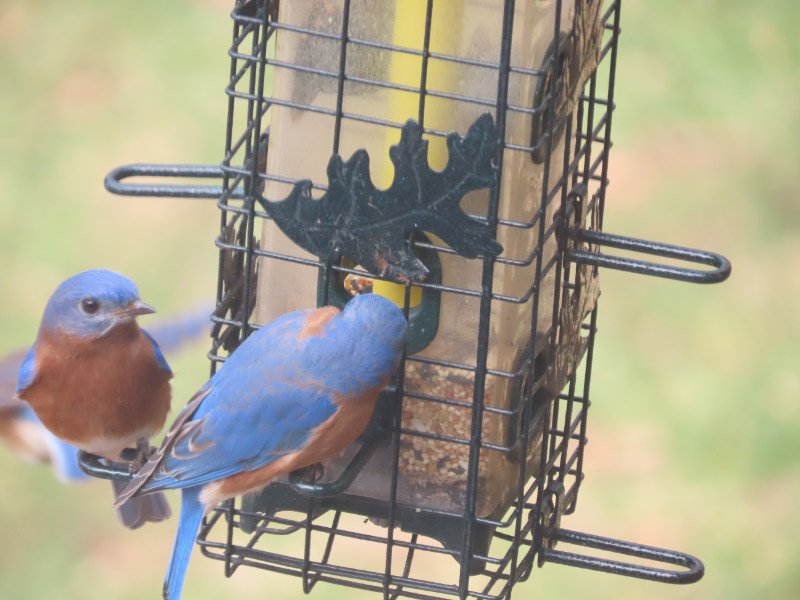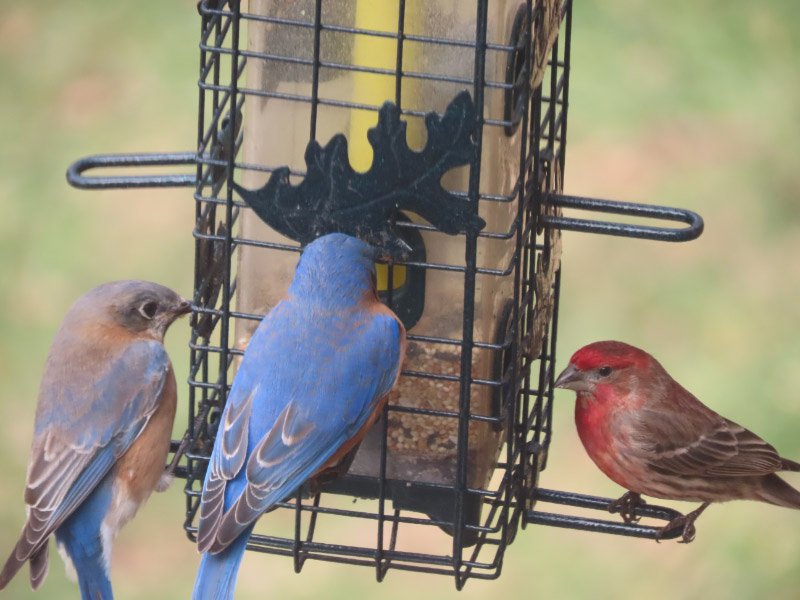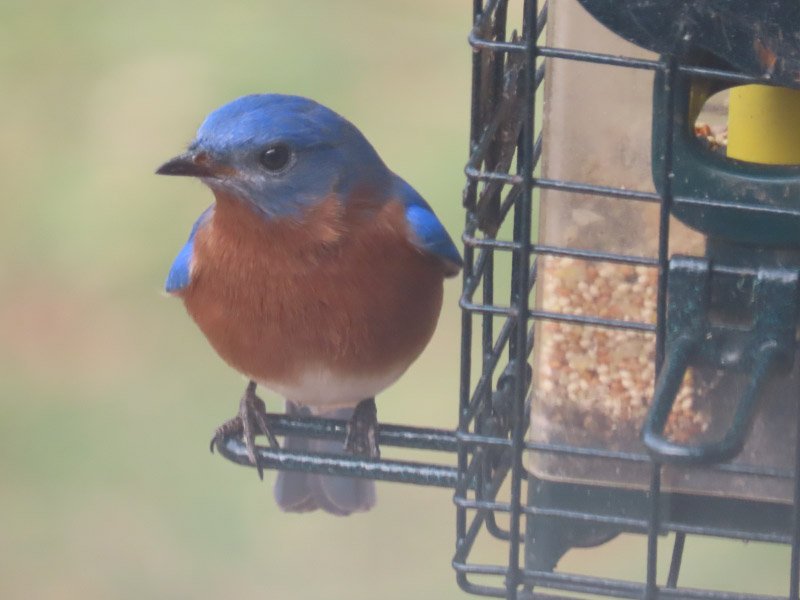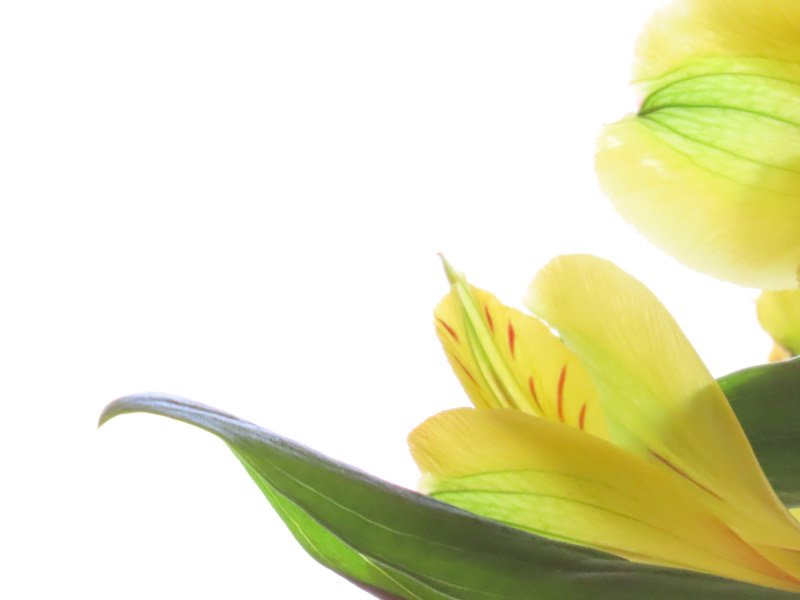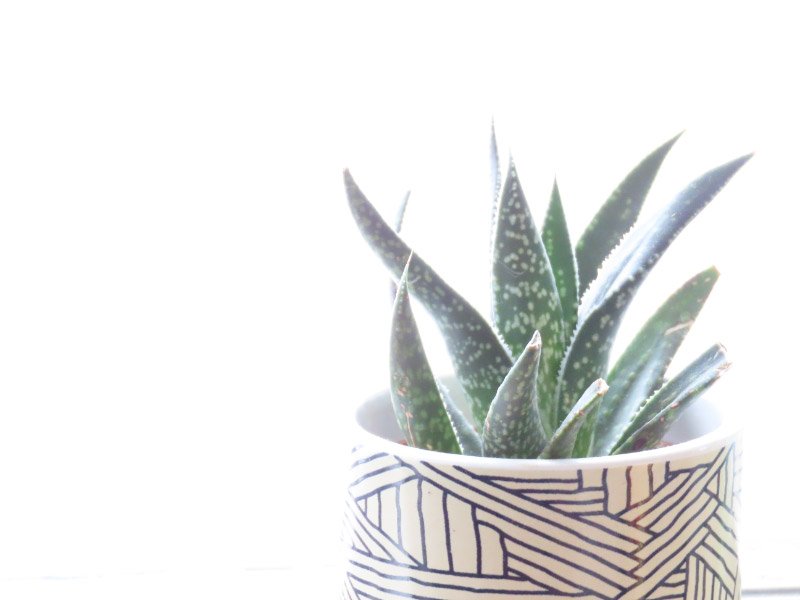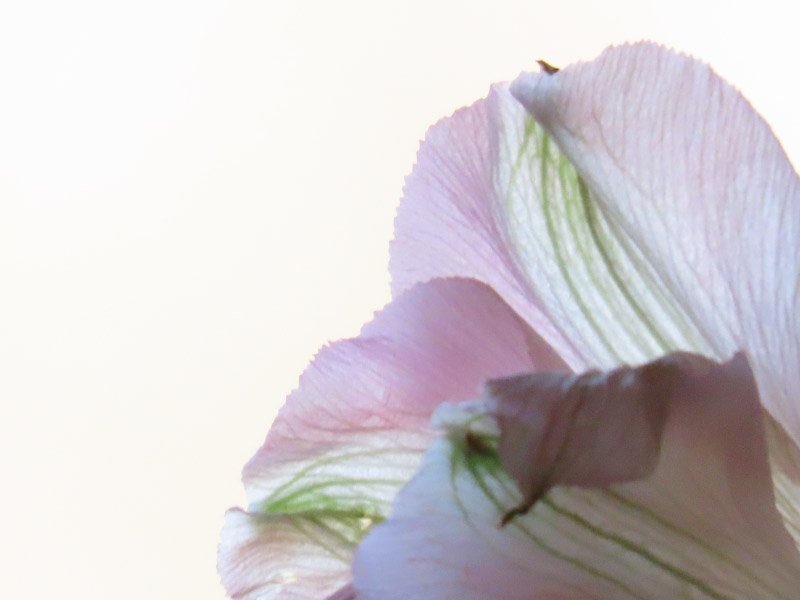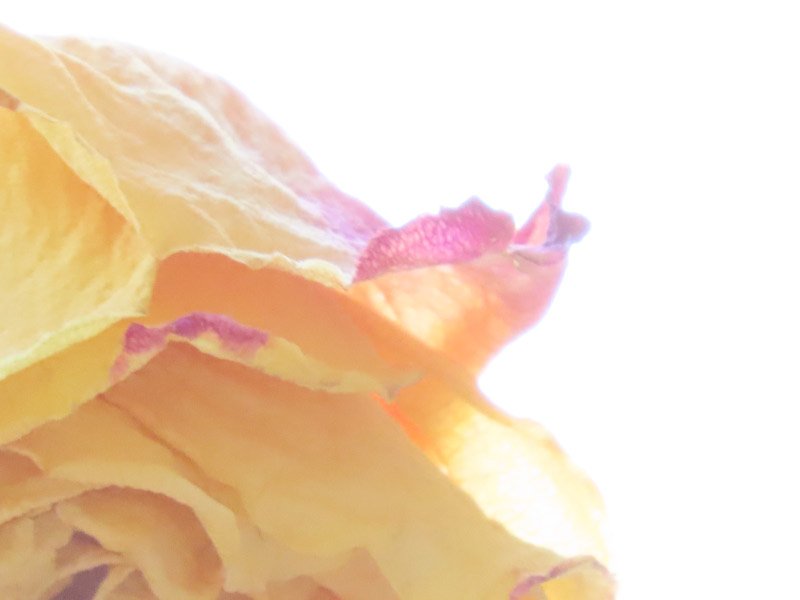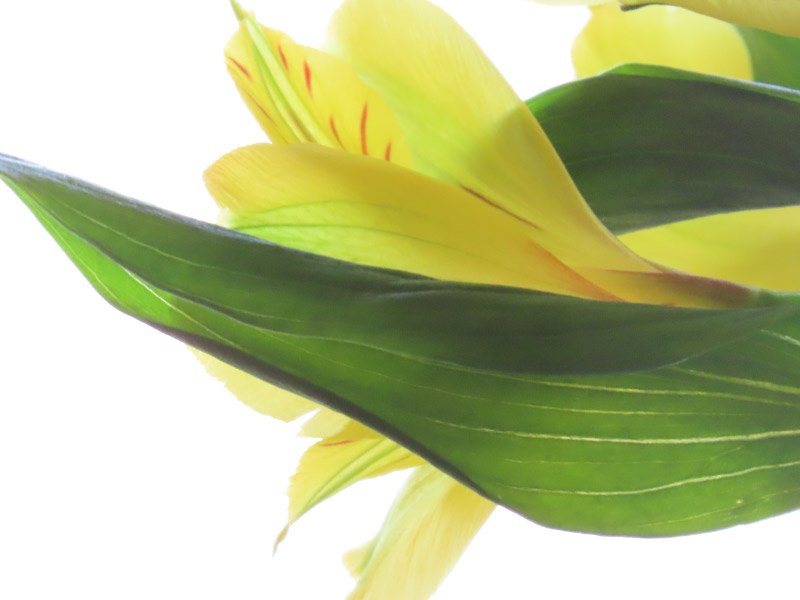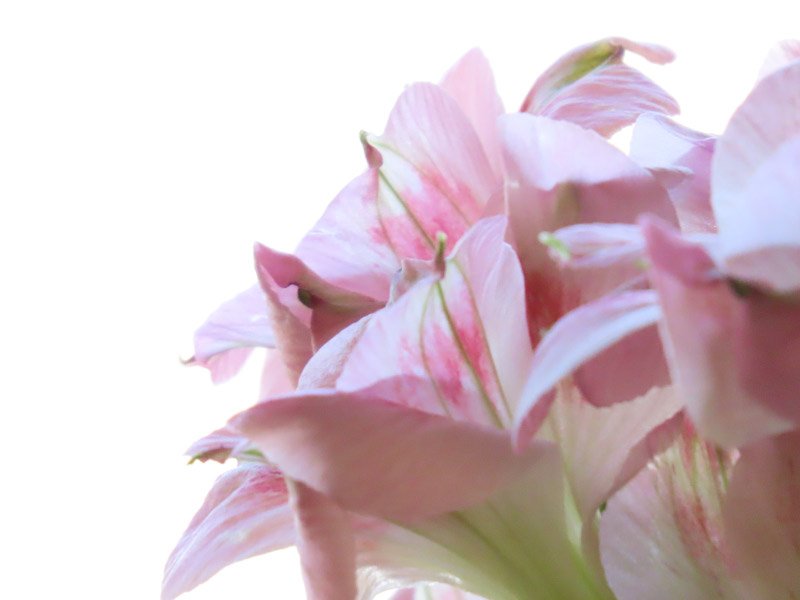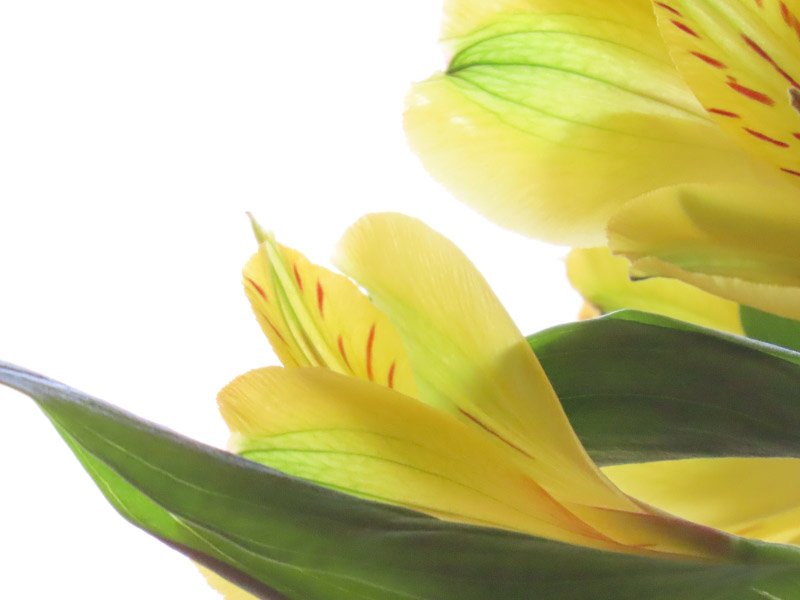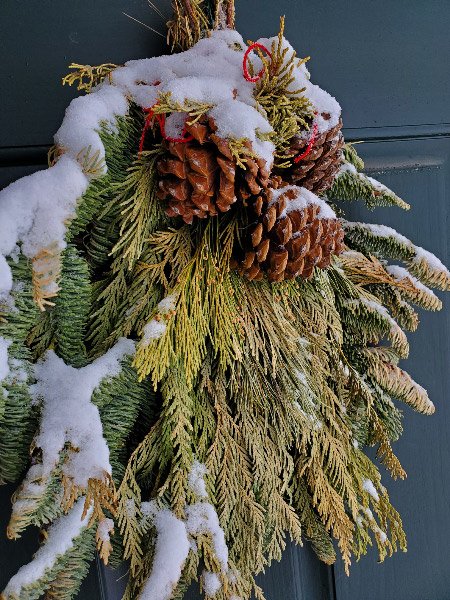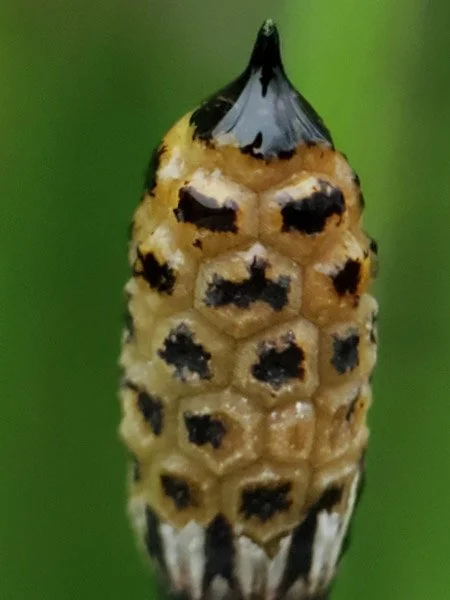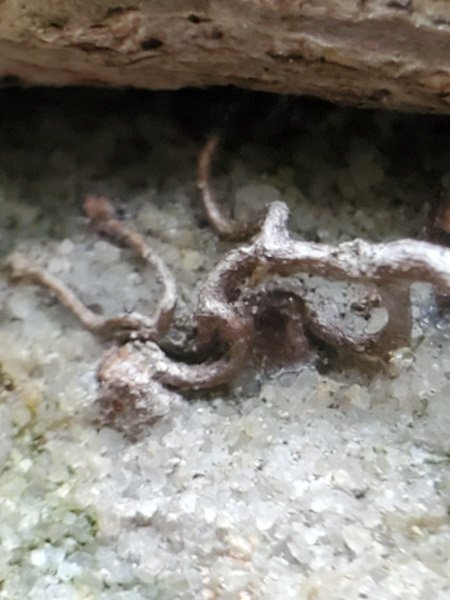J. Walter Fewkes eBooks
/I browsed the books by Jesse Walter Fewkes available on Internet Archive recently. His work in the late 1800s - early 1900s is an early record of the archeology and anthropology in the American Southwest. He was one of the first to advocate for government preservation of the ancient sites. I’ve chosen three of his books to feature in this post.
Designs on Prehistoric Hopi Pottery (1919) – When I browse books like this, I am always gleaning ideas for Zentangle tiles. This one also brought back memories of participating in Camp Fire Girls when I was growing up; they included native symbols and geometric designs as part of the program which I enjoyed; it made the arts/crafts were appealing someone like me that was disappointed in any attempts at realistic drawing.
Hopi Katcinas Drawn by Native Artists (1904) – I wonder if Fewkes was one of the first to encourage these artists to document their own culture…emphasizing the aspects that were most important to them rather than using other artists from outside the culture or photographs that might be realistic but subtly emphasizing the aspects important from their own cultural perspective.
Tusayan Katcinas and Snake Ceremonies (1897) – The close of the katcina mask shows how elaborate they could be.
The views of the Altar of the Antelope Priests in 3 different locations were interesting. It’s an opportunity to see similarities and differences…wondering if it was difference in the progress of the ceremony or variance due to location that caused the altars to look different. Are the parts that are the same the most important?


